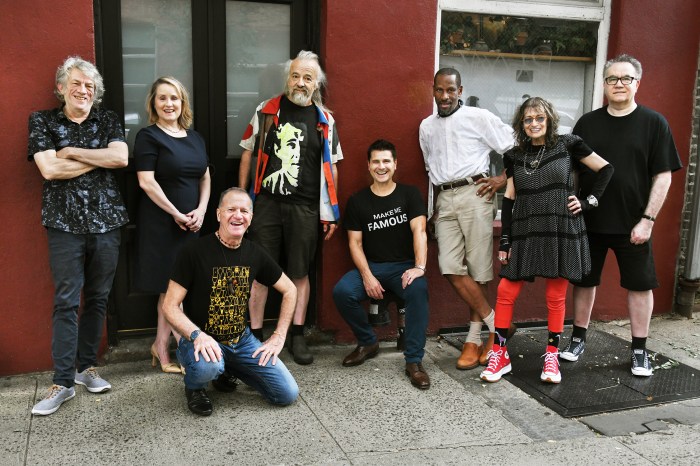By Sue Taylorson
I write concerning certain aspects of your editorial entitled “N.Y.U.’s grand plans” in The Villager’s April 7 issue.
You state that there are some positives in what New York University is proposing and then go on to identify the first of these so-called positives as N.Y.U.’s commitment to create a 600-seat public elementary school on one of its superblocks.
I do not contest that a new public elementary school would help alleviate the overcrowding in School District 2. But why should it be regarded as a positive if, as a quid pro quo for building such a school, N.Y.U. destroys the very popular children’s playground at the eastern end of the Washington Square Village complex or the beautiful and tranquil garden in the center of the complex?
Children need playgrounds as well as schools. One should not be built at the expense of destroying the other, especially in an area that is at least arguably more short of attractive, safe, ground-level playgrounds than good public schools.
I would also note that the garden, designed by the internationally renowned firm of Sasaki, Walker and Associates, was most recently feted in The Cultural Landscape Foundation’s (T.C.L.F.) list of culturally significant urban landscapes that are currently at risk.
T.C.L.F.’s Landslide article of Oct. 16, 2009, describes the central garden of Washington Square Village as “an oasis within the busy Greenwich Village area of New York City” that offers “relief from the expanse and height of the twin Washington Square Village buildings on the northern super-block.” The article goes on to state: “(c)ompleted in 1959, the design is an early project for a firm strongly associated with the Modern movement and displays an exceptional harmony of architecture, landscape architecture, and art. Today the modernist design is threatened by the current owner’s proposal to insert a series of buildings into the garden spaces.” In this context, it is surely more than a little ironic that the motto of T.C.L.F. is “stewardship through education.”
The T.C.L.F. article also notes that when Sasaki passed away in 2000, both The New York Times’ and the Los Angeles Times’ obituaries referenced the importance of the Washington Square Village garden as a working, enduring landscape, and that today, more than five decades after its construction, the garden continues to provide a refuge from the dense cityscape for the residents of Washington Square Village and the surrounding neighborhood.
For the record, I note that the garden and playground were very significant considerations in my husband’s decision to accept a tenured position at N.Y.U. in a science lab that required that he live near work, when considering the needs of his then-young family members. If N.Y.U. wishes to attract talented young academics to the university, it would be well advised to leave the gardens and playground in Washington Square Village well alone.
In a section of the article headed “Threat,” the article points out that open space is a crucial element of tower-in-the-park design, and that the Washington Square Village garden is an essential part of the overall superblock’s design. Referring to N.Y.U.’s published plans that propose building a plinth and tower to replace the Sasaki-designed garden and 20-story building(s) that would replace the children’s playground to the east of the garden, T.C.L.F. states, “Such insertions would enormously affect the light and air circulation within the garden, dramatically changing the existing plantings’ environment and ruining its role in social interaction.”
The article concludes with the surely correct statement that destroying the Sasaki-designed garden or overshadowing it with a tower to the east is simply unacceptable. For the full article, see https://tclf.org/landslides/washington-square-village .
I strongly urge N.Y.U. to take the opinion of T.C.L.F. to heart and reconsider the philistine concept of destroying either the Sasaki-designed garden or the children’s playground in Washington Square Village. I also very much hope that my local councilmember and the Manhattan borough president come to realize the great importance to the community of more than 1,200 families that reside in Washington Square Village, as well as to the general neighborhood, of preserving the light, air, space and beauty of both the garden and playground.




































